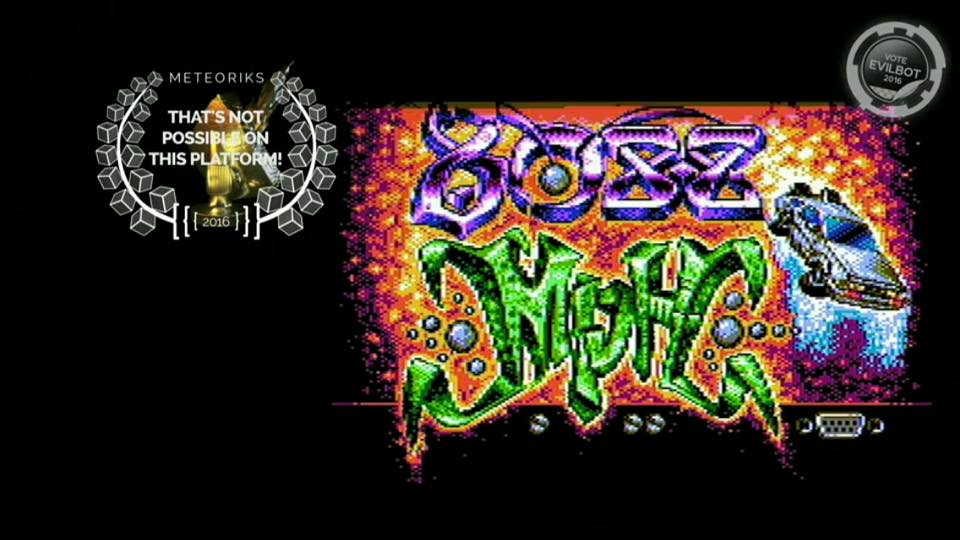elianda wrote:I recently took out my CBM PC-I to check how 8088 mph runs on it, here are the results:
Captured with Bt878 based card: https://www.youtube.com/watch?v=4hfojBF-1Uk
Captured with DVI2PCIe card: https://www.youtube.com/watch?v=vAyxsk23pMY
That looks very similar to my PC20-III (which has a PVC4, I believe).
However, I believe mine does not have colorburst in 80-column mode (or was that just the ATi Small Wonder?).
Note also how your BIOS font is different from the IBM one, my PC10-III has that same font. I believe that this is because Commodore uses a Phoenix BIOS, which has its own font, rather than copying the IBM one.
I am surprised to see that the 1024-colour effects actually come out that well. The colours are off a bit, but only in hue, it seems. That is, the gradients are still gradients, so transitions in colours are still okay. If you run old CGA graphics on new CGA cards, or vice-versa, you see discontinuities in the gradients, because they are just different. It's interesting to see that this card pretty much matches the new CGA in that sense.
elianda wrote:-Some flicker in the plasma part
Yes, that looks weird, I wonder if it has to do with the blink attribute.
elianda wrote:-Kefrens Bars part skips itself
It looks like your system has only 512K of memory. That is not enough for the Kefrens part, which is why it skips.
With 640k it would likely have worked.
elianda wrote:
This again is exactly like my PC20-III. I tried running the demo with a real IBM CGA card installed, and that didn't fix the problem.
The PC20-III uses an integrated Faraday FE2010 chipset, which appears to have some slightly different timings, which results in the freeze.
I tried a custom build of the endpart, where only the music plays, and the screen is not updated, and that version works. So the screen updates seem to throw off the timing in some way, even with a real IBM CGA card.
